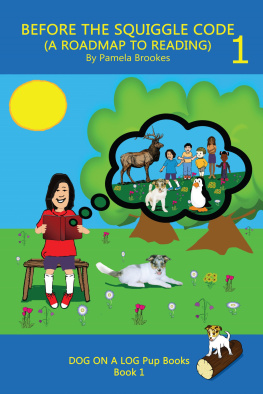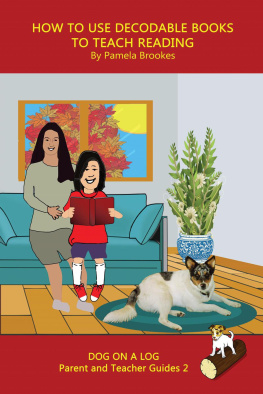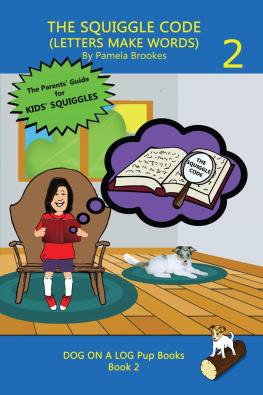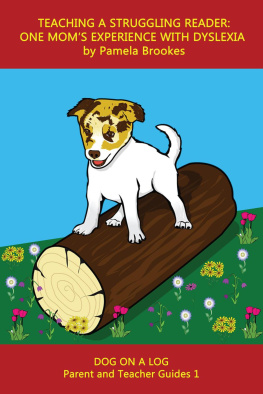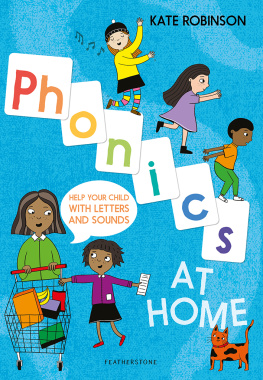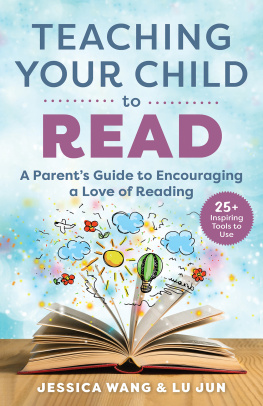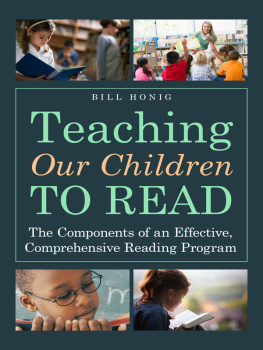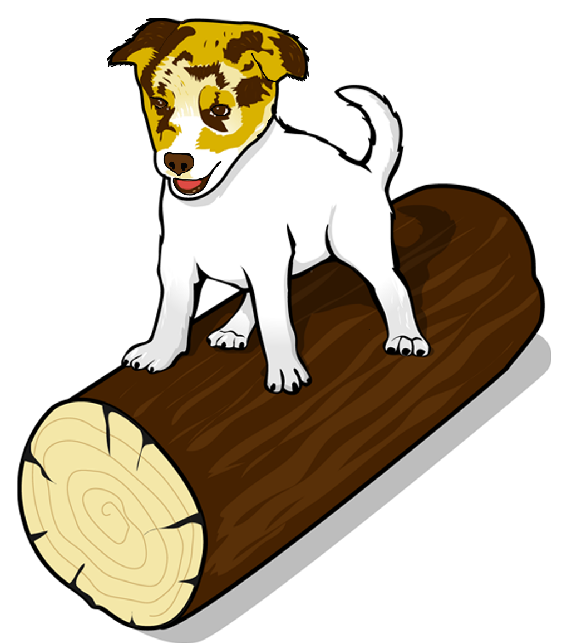Pamela Brookes - Before the Squiggle Code (A Roadmap to Reading)
Here you can read online Pamela Brookes - Before the Squiggle Code (A Roadmap to Reading) full text of the book (entire story) in english for free. Download pdf and epub, get meaning, cover and reviews about this ebook. year: 2019, publisher: DOG ON A LOG Books, genre: Children. Description of the work, (preface) as well as reviews are available. Best literature library LitArk.com created for fans of good reading and offers a wide selection of genres:
Romance novel
Science fiction
Adventure
Detective
Science
History
Home and family
Prose
Art
Politics
Computer
Non-fiction
Religion
Business
Children
Humor
Choose a favorite category and find really read worthwhile books. Enjoy immersion in the world of imagination, feel the emotions of the characters or learn something new for yourself, make an fascinating discovery.
- Book:Before the Squiggle Code (A Roadmap to Reading)
- Author:
- Publisher:DOG ON A LOG Books
- Genre:
- Year:2019
- Rating:4 / 5
- Favourites:Add to favourites
- Your mark:
Before the Squiggle Code (A Roadmap to Reading): summary, description and annotation
We offer to read an annotation, description, summary or preface (depends on what the author of the book "Before the Squiggle Code (A Roadmap to Reading)" wrote himself). If you haven't found the necessary information about the book — write in the comments, we will try to find it.
The Squiggle Code Booksare easy for parents to use, fun for kids, and follow the science of learning to read. With lots of printable games, flashcards, and other materials that can be downloaded from dogonalogbooks.com, this series was created to be economical for families and teachers.
All DOG ON A LOG Books follow a systematic, structured literacy/Orton-Gillingham based phonics sequence.
This book guides parents and teachers in teaching the necessary skills that must be learned before learning to read.
Trying to find a way to teach your child to read, whether you are supplementing what your child is being taught in school or as a homeschooling family, can feel overwhelming. DOG ON A LOG Pup Books are written by a mom who wants to try and eliminate some of those feelings for other parents. These parent-friendly books will guide you along the path of teaching reading.
DOG ON A LOG Pup Books give simple activities you can do with your child. Once you understand the skills that your child needs to learn, you may wish to add additional activities. Resources are suggested that will help you find additional free or low-cost activities you can personalize to your child.
Book 1: Before the Squiggle Code (A Roadmap to Reading) starts at the very beginning of the learning to read process: it helps the learner hear the smallest sounds in words. Relevant excerpts from Teaching a Struggling Reader: One Moms Experience with Dyslexia are also included to help parents with children who are struggling to read.
Book 2: The Squiggle Code (Letters Make Words) helps the learner discover that each sound has a letter or letters and when the letters are put together, they make words. This is when reading begins. Book 3 Kids Squiggles (Letters Make Words) The stories from The Squiggle Code are formatted with pictures and less words per page so they are less intimidating to new readers.
Book 3 Kids Squiggles (Letters Make Words) The stories from The Squiggle Code are formatted with pictures and less words per page so they are less intimidating to new readers.
DOG ON A LOG Pup Books teach phonological and phonemic awareness skills.
Pamela Brookes: author's other books
Who wrote Before the Squiggle Code (A Roadmap to Reading)? Find out the surname, the name of the author of the book and a list of all author's works by series.

